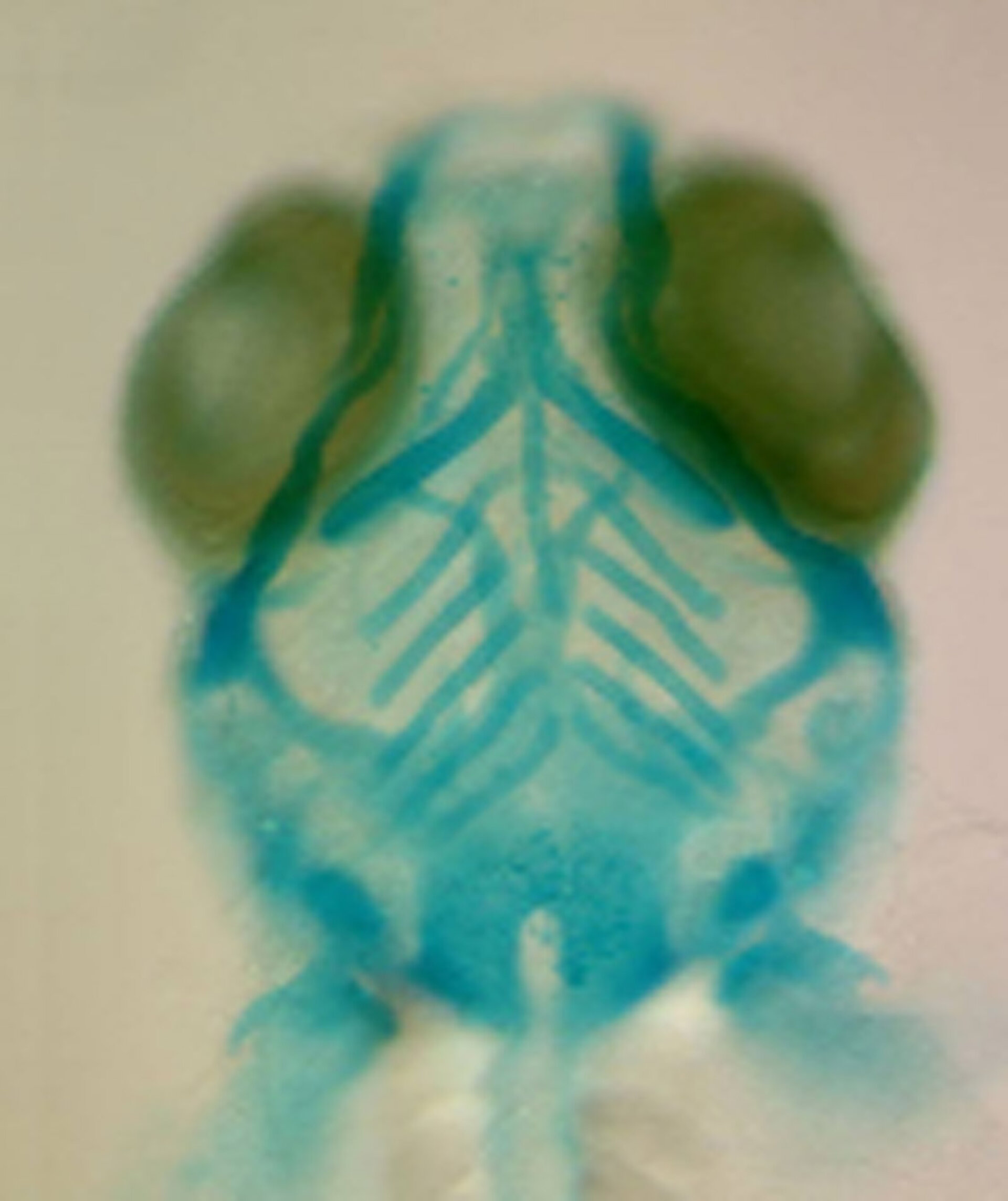Space fish against osteoporosis
Sending small fish into space can be a very effective means to research bone loss and fight osteoporosis. What sounds like science fiction is actually highly effective real-life research: fish - like humans - suffer from a bone-loss quite similar to osteoporosis when placed in a space environment for a longer period of time.
And although fish and humans seem to be very different species, as for many crucial features for research - like molecular cascade and protein interaction - they are identical. The facts that small fish like the Zebrafish or the related Japanese Medaka live in shoals allowing to keep thousands in a small space without stressing the animals, and that their embryos are very easy to monitor, make them ideal for research purposes.

The reason why the space environment is so vital for osteoporoesis research is a protein called Osteoprotegerin, which occurs in small fish as well as in humans. Osteoportegerin's function is to control bone remodelling and to prevent increased bone loss.
The crux is: Osteoprotegerin activity is regulated by gravity. As in space, we have a so-called zero gravity or weightlessness environment, astronauts - as well as space fish - suffer from an accelerated bones loss. They lose approximately one percent of their bone mass per month in space.
Research in space offers unique possibilities in at least two broad areas of study. First, the phenomena observed in weightlessness may lead to new ways of preventing bone loss, which can subsequently be transferred into osteoporosis medicine.

Second, an analysis of the bone regeneration in astronauts or animals after they return to Earth may offer an effective model to develop therapies to increase bone density in patients suffering from osteoporosis.
The features of fish allow the identification of new factors influencing bone loss as well as the screening for compounds that modulate bone-forming activity. The possibility to send fish to space opens new opportunities to investigate bone remodelling in weightlessness and to develop new strategies for preventing bone loss.


